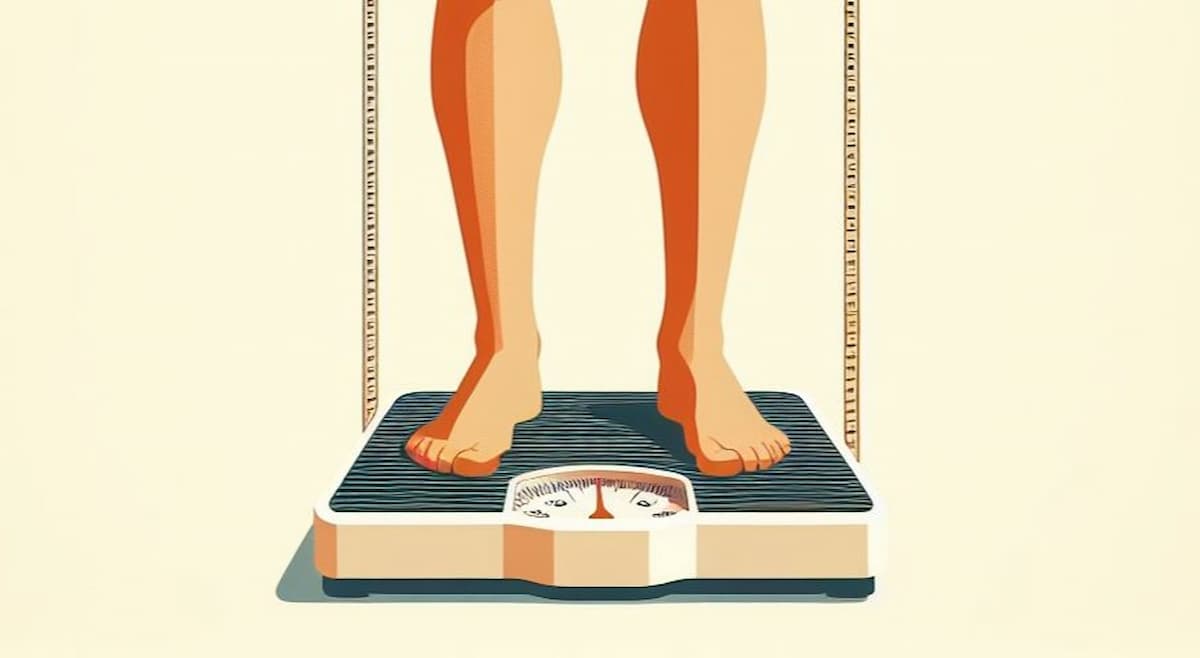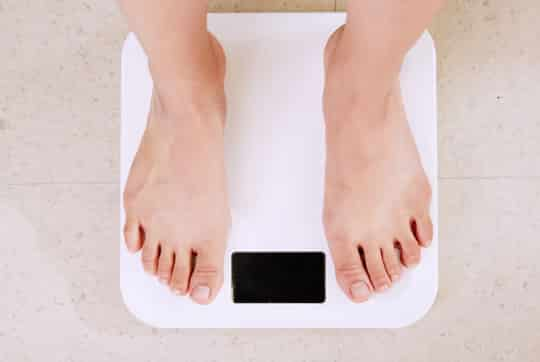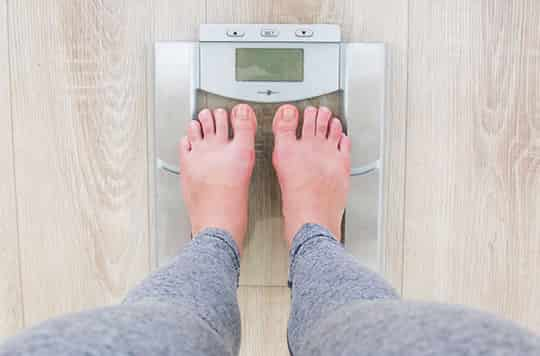These weight loss drugs have been found to increase the risk of pancreatitis and other serious digestive disorders.
These weight loss drugs have been found to increase the risk of pancreatitis and other serious digestive disorders.
Semaglutide (Wegovy, Ozempic, and Rybelsu) and liraglutide (Victoza and Saxenda) are GLP-1 agonists drugs which have been lauded for their weight loss effect.
However, a study has revealed that these popular antidiabetic drugs increase the risk of severe gastrointestinal disorders.
Semaglutide and liraglutide belong to a class of medications that copy the glucagon-like peptide 1 (GLP-1) hormone in order to control blood sugar levels and reduce hunger in people with diabetes.
Despite their anti-obesity effects, increased risk of gastrointestinal problems such as bowel obstruction, stomach paralysis, and pancreatitis is concerning.
Mr Mohit Sodhi, the study’s first author, said:
“Given the wide use of these drugs, these adverse events, although rare, must be considered by patients thinking about using them for weight loss.
The risk calculus will differ depending on whether a patient is using these drugs for diabetes, obesity or just general weight loss. People who are otherwise healthy may be less willing to accept these potentially serious adverse events.”
Unaware of side-effects
GLP-1 drugs are designed to help treat type-2 diabetes, but in the United States there were 40 million prescriptions for weight loss in 2022.
The clinical trials focused only on the drug’s effectiveness for weight loss and so many are not aware of the gastrointestinal side-effects.
Dr. Mahyar Etminan, the study’s senior author, said:
“There have been anecdotal reports of some patients using these drugs for weight loss and then presenting with repeated episodes of nausea and vomiting secondary to a condition referred to as gastroparesis.
But until now, there hasn’t been any data from large epidemiologic studies.”
The study used the records of 16 million American patients, comparing the incidence of gastrointestinal adverse events in liraglutide or semaglutide users with those using bupropion-naltrexone (a weight loss medication sold under brand name Contrave).
The data analyses showed that for the GLP-1 drugs:
- the risk of pancreatitis was 9.09 times higher compared to bupropion-naltrexone,
- the risk of bowel obstruction was 4.22 times higher,
- and the risk of gastroparesis or stomach paralysis was 3.67 times higher.
Severe abdominal pain
Pancreatitis is inflammation of the pancreas followed by severe abdominal pain: sometimes hospital admission and surgery is required.
Bowel obstruction is a disorder in which food can’t pass through the small or large intestine, causing symptoms such as vomiting, nausea, bloating, and cramping.
Gastroparesis, or stomach paralysis, is a disorder in which the movement of food slows down from the stomach to the small intestine causing symptoms such as abdominal pain, vomiting, and nausea.
Despite the rarity of side-effects (since millions are taking the medications), hundreds of thousands of people could still experience these issues.
Mr Sodhi said:
“These drugs are becoming increasingly accessible, and it is concerning that, in some cases, people can simply go online and order these kinds of medications when they may not have a full understanding of what could potentially happen.
This goes directly against the mantra of informed consent.”
Related
- Semaglutide could be an effective weight loss medication.
- Ozempic lowers blood sugar and increases weight loss.
- GLP-1 agonists that treats obesity may also help to destroy cancer cells.
The study was published in Journal of the American Medical Association (Sodhi et al., 2023).










